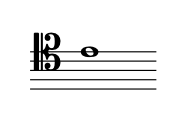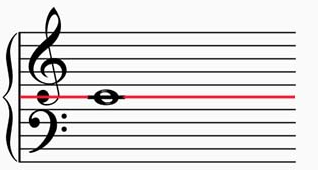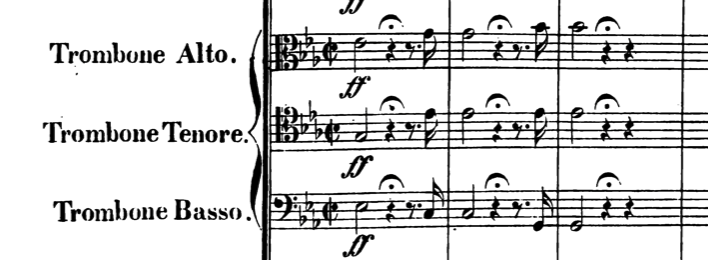There is a fifth C clef, the Baritone Clef:

If you take the grand staff,

the five C clefs fill the space of all possible 5-line clefs between the treble and bass clefs.
Do you need them all? Only if you are working with old scores. (Or if you study Solfège at an advanced level. But I'd better not get started on that subject!)
In modern scores, the Soprano and Mezzo-Soprano clefs have been replaced by the treble clef, and the Baritone clef by the bass clef. The only C clefs that are still used are the Alto and Tenor clefs.
The alto clef is used by viola and alto trombone, the tenor clef by cello, contrabass, bassoon and tenor trombone, and possibly some other bass instruments that I'm forgetting. Conductors need to be able to read something like this (from the overture to Mozart's Zauberflöte):
